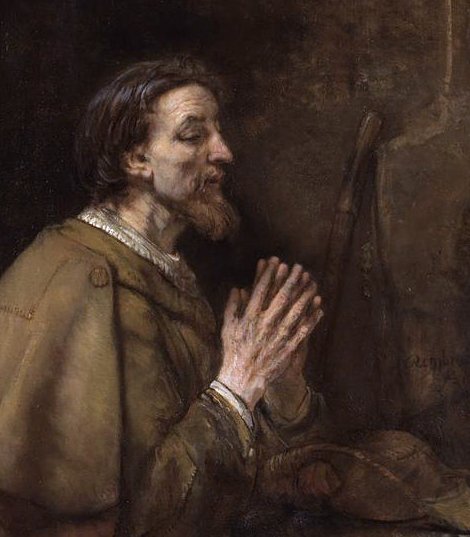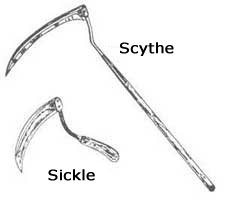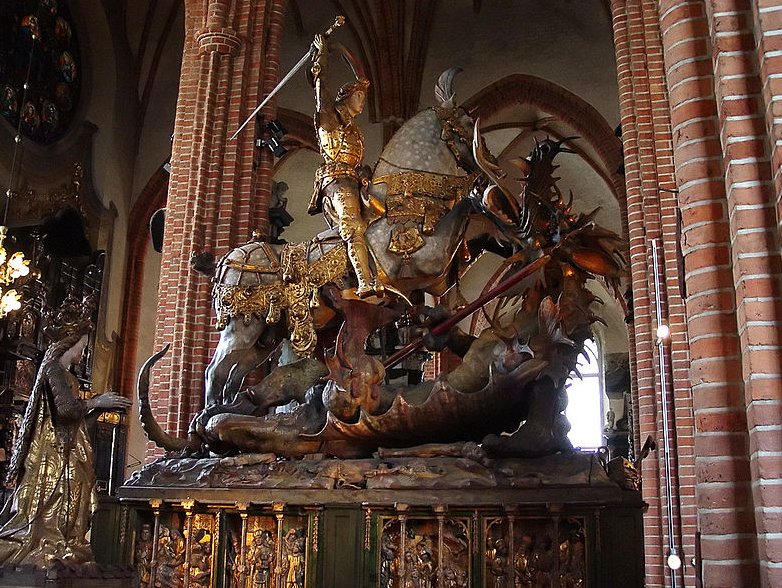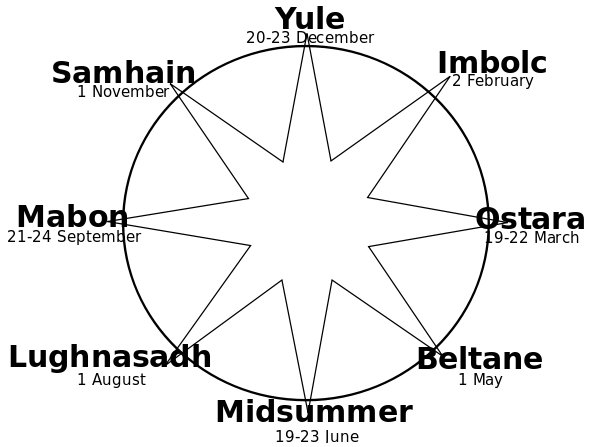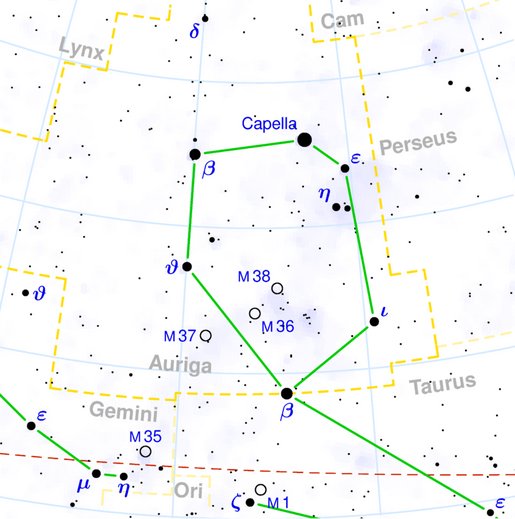The pair Bb11-11--12 has convinced the sceptic in me - we are probably on a right track:
It could now be tempting to jump ahead from the end of side b to the beginning of side a expecting to find June 18. However, this would be a bad move since experience from the C text should have taught us not to do so. For I have connected the last glyph on side b of the C tablet with Delta and Porrima, thus resulting in what could be called an Ouroboros design.
*191 - *183 = *8, maybe alluding to the 8 dark nights before the return of Venus as Morning Star:
... The son of Zebedee and Salome, James is styled 'the Greater' to distinguish him from the Apostle James 'the Less', who was probably shorter of stature. We know nothing of St. James's early life. He was the brother of John, the beloved disciple, and probably the elder of the two ... James' emblem was the scallop shell (or 'cockle shell'), and pilgrims to his shrine often wore that symbol on their hats or clothes. The French for a scallop is coquille St. Jacques, which means 'cockle (or mollusk) of St. James'. The German word for a scallop is Jakobsmuschel, which means 'mussel (or clam) of St. James'; the Dutch word is Jacobsschelp, meaning 'shell of St. James' ... The scallop shell is represented in the decoration of churches named after St. James, such as in St James' Church, Sydney, where it appears in a number of places, including in the mosaics on the floor of the chancel. When referring to St James, the scallop shell is represented with convex perspective. Referring to Venus the perspective is concave ... The date to celebrate St James (the Great) was July 25 in Western Christianity, April 30 in Eastern Christianity, and December 30 in the Hispanic Church. On the other hand, St John (the apostle) was celebrated in December 27 according to all these church traditions. St George, who died in April 23 in the year 303 AD, was celebrated in April 23 ... Instead we ought once again to look at the glyphs leading up to the transition from line Bb11 to line Bb12:
When the 'Crooked Claw' (Khambalia) - the reaper's instrument - was seen at the Full Moon in April 23 it portended death of the southern summer year.
And when Mira was at the Full Moon in October 23 it was the opposite, the death of the winter year:
The extraordinary hanau (birth) glyph Bb11-41 (→ 11 * 41 = 451 = 459 - 8) seems to be referring not only to Bharani (41 Arietis) but also to Beltane. which could explain the unusual sign of a straight line leading down towards southeast in Bb11-41 (where 41 could allude to 41 Arietis = Bharani).
From May 1 (Beltane) to August 1 (Lughnasadh) there were 213 - 121 = 92 days:
|
||||||||||||||||||||||||||||||||||||||||||||||||||||||||||||||||||||||||||||||||||||||||||||||||||||||||||||||||||||||||||||||||||||||||||||||||||||||||||||||||||||||||||||||||||||||||||||||||||||||||||||||||||||||||||||||||||||||||||||||||||||||||||||||||







